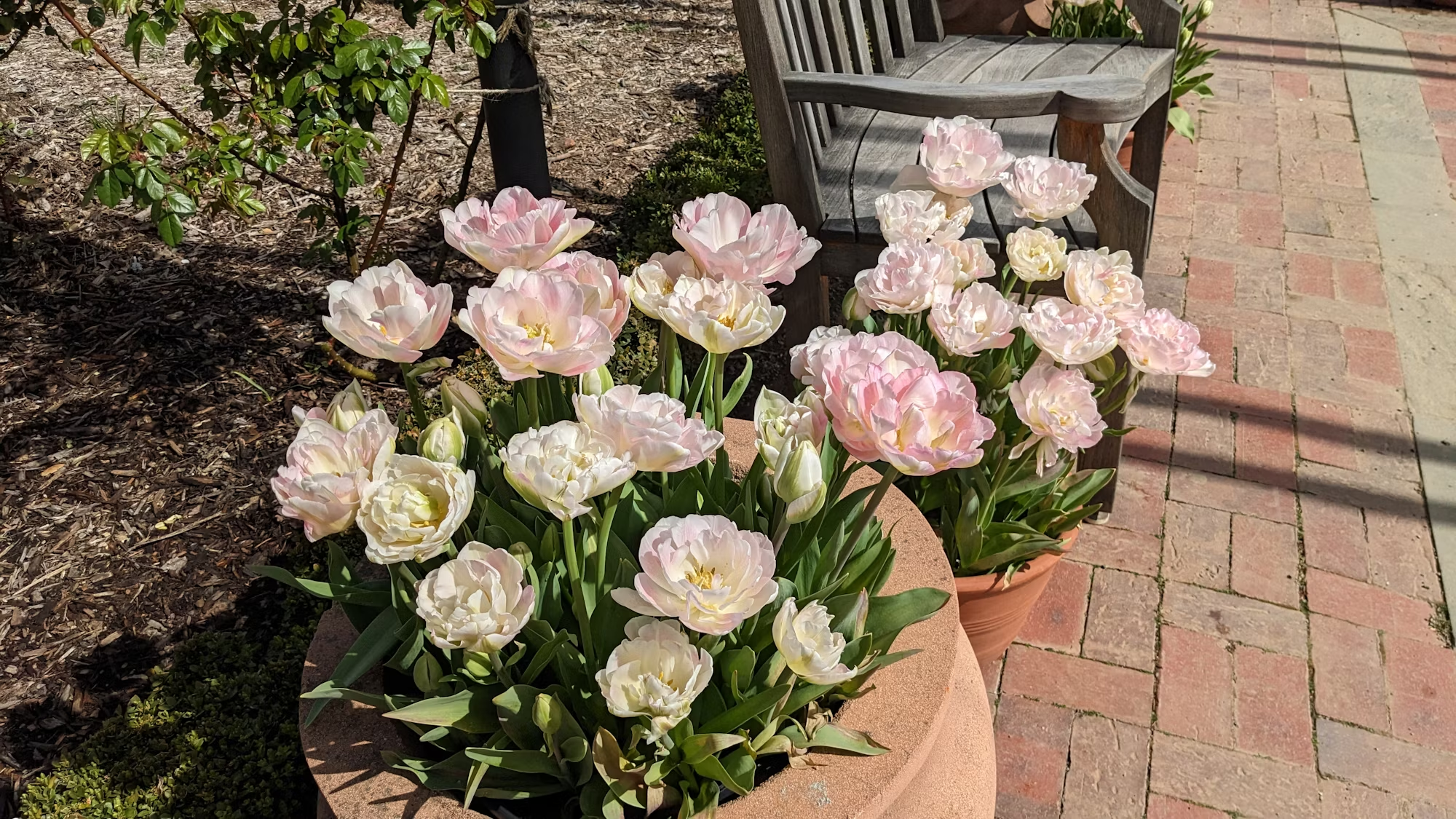In the world of modern relationships, where fast-paced communication and social media play an ever-present role, building and maintaining lasting connections can sometimes feel like an uphill battle. The expectations around love, companionship, and intimacy are constantly shifting, influenced by cultural changes and technological advancements. While every relationship is unique, there are timeless principles that can serve as a foundation for creating a healthy, strong, and enduring connection between partners.
In this article, we will delve into the key components of building and nurturing a relationship that stands the test of time. We’ll explore everything from effective communication and trust-building to navigating challenges and fostering mutual respect. Whether you’re just beginning a relationship or seeking to strengthen a long-term partnership, these insights can help you create a lasting and meaningful connection.
1. Effective Communication: The Cornerstone of Every Relationship
Communication is often called the foundation of any successful relationship, and for good reason. It’s through communication that partners express their needs, desires, and emotions, and it’s also how they navigate conflicts and share their dreams. However, effective communication isn’t simply about talking—it’s about listening, understanding, and responding in ways that foster connection.
In today’s digital age, where texting and social media often replace face-to-face interaction, it can be easy to misinterpret messages or read into things that aren’t there. One of the most important aspects of communication in modern relationships is the ability to have honest, open conversations, whether in person or through digital platforms. It’s essential to set aside time to talk and check in with each other, rather than relying solely on short messages or emojis.
Active listening is another vital skill in communication. Too often, partners might listen to respond rather than to understand. This leads to misunderstandings or feelings of not being heard. To combat this, practice active listening—show your partner that you value their words by reflecting back what you’ve heard, asking clarifying questions, and being present in the moment. Communication is a two-way street, and understanding each other’s perspectives can deepen the emotional connection.
2. Building Trust: The Foundation of Emotional Security
Trust is often seen as the bedrock of any lasting relationship. Without trust, it’s difficult to form deep emotional bonds, and relationships can feel shaky and uncertain. Trust is not something that can be built overnight, but rather something that is cultivated over time through consistent actions, transparency, and mutual respect.
A key part of building trust in a relationship is reliability. Being dependable, following through on promises, and showing that you can be counted on during both good and bad times creates a solid foundation of trust. It’s important to remember that trust is not about perfection—it’s about the willingness to be vulnerable, admit mistakes, and work through challenges together.
Honesty is another essential element. While it may seem tempting to avoid difficult conversations or keep secrets to protect your partner’s feelings, dishonesty or withholding information can erode trust over time. When trust is compromised, it can be difficult to regain, so being upfront and transparent with your partner—even about uncomfortable topics—helps to maintain emotional security.
3. Respect and Boundaries: Creating a Safe Space for Growth
Respect in a relationship is not just about being courteous; it’s about acknowledging your partner’s feelings, opinions, and individuality. A healthy relationship is built on mutual respect, where both partners feel valued and appreciated for who they are.
One of the most important aspects of respect in a relationship is honoring personal boundaries. Boundaries can be physical, emotional, or even digital, and they are essential for maintaining a sense of autonomy and personal space. Each person in the relationship should feel comfortable expressing their boundaries, whether it’s about needing time alone or about how they wish to be treated during disagreements.
In relationships, boundaries are also a form of self-care. It’s essential to ensure that both partners feel empowered to prioritize their own needs and well-being while still being committed to the relationship. This is especially true when it comes to managing time, commitments, and personal interests. Having the freedom to pursue personal goals outside of the relationship is vital for maintaining balance and mutual respect.
4. Emotional Support: Being There for Each Other
A strong relationship is not just about companionship; it’s about being there for each other during the ups and downs of life. Emotional support is a key ingredient in creating a lasting bond, as it helps partners feel secure, understood, and loved.
Being emotionally supportive doesn’t always mean providing solutions—it often means offering empathy, a listening ear, and reassurance when needed. Whether your partner is dealing with stress at work, struggling with self-doubt, or simply going through a rough patch, knowing that you’re there for them can make all the difference.
In a healthy relationship, both partners should feel comfortable expressing their emotions and vulnerabilities without fear of judgment. A willingness to show empathy and understanding during times of difficulty fosters a sense of safety and connection, which strengthens the emotional foundation of the relationship.
5. Navigating Conflict: Turning Disagreements Into Opportunities
Disagreements are a natural part of any relationship, but it’s how couples handle conflict that ultimately determines the strength of their bond. It’s impossible to avoid conflict entirely, but approaching it with respect, patience, and a problem-solving attitude can lead to growth and deeper understanding.
One of the most common mistakes in conflict is the tendency to engage in negative communication patterns, such as name-calling, blame-shifting, or stonewalling. These behaviors only escalate the situation and can lead to long-lasting resentment. Instead, practice calm, constructive communication when conflicts arise. Focus on finding a solution rather than placing blame, and remember that you’re a team working together to address the issue.
Another key aspect of navigating conflict is recognizing when it’s time to take a break. Sometimes, emotions can run too high during a disagreement, and it’s better to step away and revisit the conversation when both partners are calm and able to think more clearly. This break can prevent saying things that might be regretted later and allows both individuals to gather their thoughts.
6. Intimacy and Affection: Nurturing Your Physical and Emotional Connection
Physical and emotional intimacy are essential components of a thriving relationship. While communication and trust are the foundation, intimacy is what deepens the connection and allows partners to truly bond.
Affection is a way of showing love and appreciation, whether it’s through holding hands, cuddling, or simply offering a kind word. Small gestures of affection can go a long way in making your partner feel loved and valued. Physical intimacy, including sex, is an important aspect of many romantic relationships, but it’s essential to ensure that both partners are comfortable, respectful, and emotionally connected during these moments.
However, intimacy is not limited to the physical. Emotional intimacy is just as crucial and involves sharing thoughts, feelings, and experiences that foster closeness. The ability to be vulnerable with one another, to share your deepest desires, fears, and dreams, creates a powerful emotional bond that strengthens the relationship.
7. Adapting to Change: Growing Together, Not Apart
Relationships are not static; they evolve over time as both individuals grow and change. One of the challenges of maintaining a long-term connection is ensuring that both partners continue to grow together, rather than drifting apart.
This involves being open to change and learning how to navigate new phases of life together. Whether it’s dealing with career changes, moving to a new city, or adjusting to life changes like having children, couples must be willing to adapt and support one another’s personal growth.
The ability to support your partner’s individual goals, dreams, and aspirations while still nurturing the relationship is crucial for maintaining balance. The healthiest relationships are those where both individuals feel free to pursue their own passions while still prioritizing the relationship.
Conclusion: Cultivating a Lasting Relationship Takes Effort, Patience, and Love
Building a healthy, lasting relationship is a journey, not a destination. It requires continuous effort, patience, and a commitment to growing together. Communication, trust, respect, emotional support, and intimacy are the pillars that create a strong foundation for any relationship. While challenges will inevitably arise, the key to success lies in how couples face those challenges—together.
By prioritizing connection and understanding, navigating conflicts with care, and making space for both individual growth and shared experiences, couples can create a lasting bond that stands the test of time. The modern world may present new challenges, but with the right foundation, love can continue to thrive in any era.
A lasting relationship is one built on mutual respect, support, and love. With these essential principles guiding the way, it’s possible to create a relationship that lasts a lifetime.





